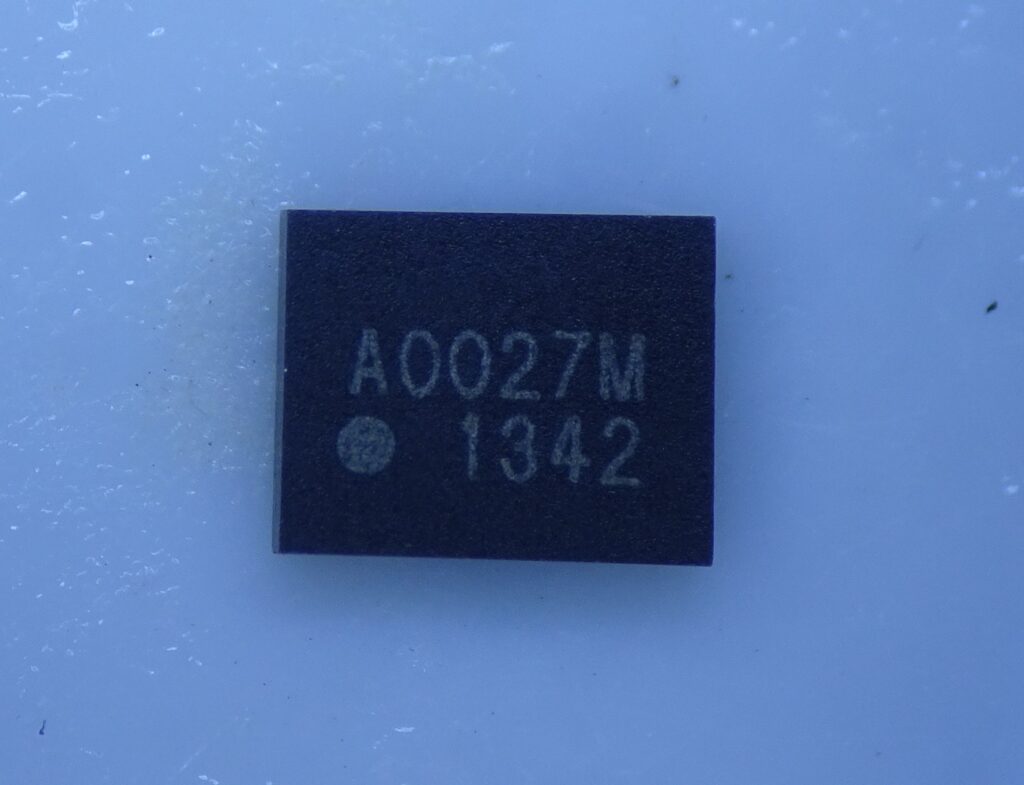Most electronic systems that need an accurate clock, which is to say most microprocessor-based systems, use a quartz oscillator. You’ll typically see a metal package somewhere near your chip that contains a slice of quartz which resonates at a certain frequency thanks to the piezoelectric effect.
Quartz crystals are cheap and provide a very accurate clock frequency, but they take up quite a bit of space and are sensitive to shocks. To deal with those two problems, fully on-chip oscillator systems have been available since about 2010. These use micro-electro-mechanical systems (MEMS) technology, which involves the manufacture of tiny moving structures on a chip. Their price is typically higher than that of a quartz crystal however, and their frequency stability and phase noise performance are often a bit worse. Today we’ll have a look at a few different MEMS oscillator chips and see what they look like inside.
First up is the Si501 by Silicon Labs. It’s an 8 MHz oscillator built using what Silicon Labs call CMEMS technology, which means that they integrate the MEMS bit on the same chip as the rest of their circuits. The package looks rather anonymous, with just a cryptic part number and no manufacturer’s logo. Silicon Labs have since sold their MEMS oscillator business to Skyworks, so future versions of this chip might have a different marking.

